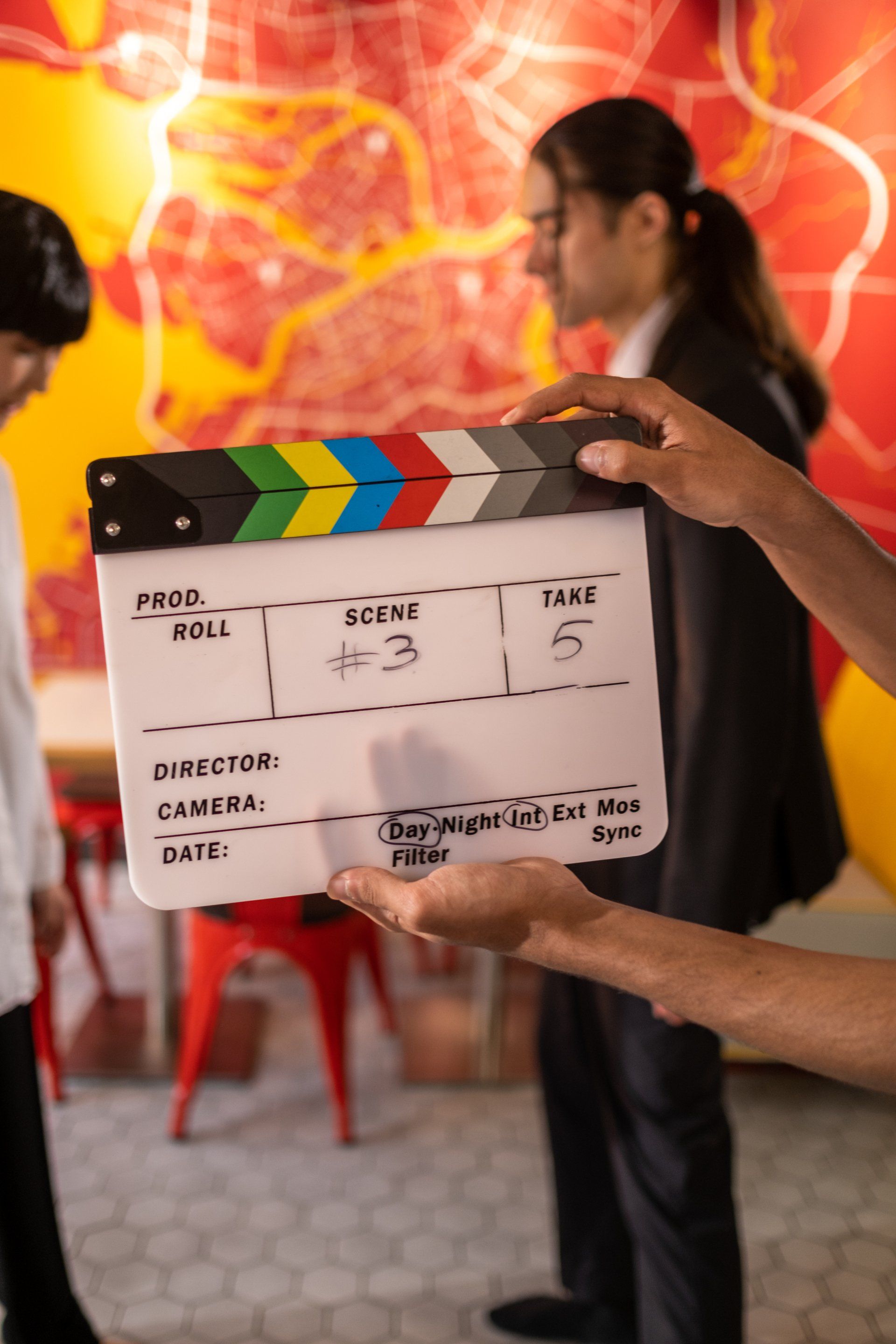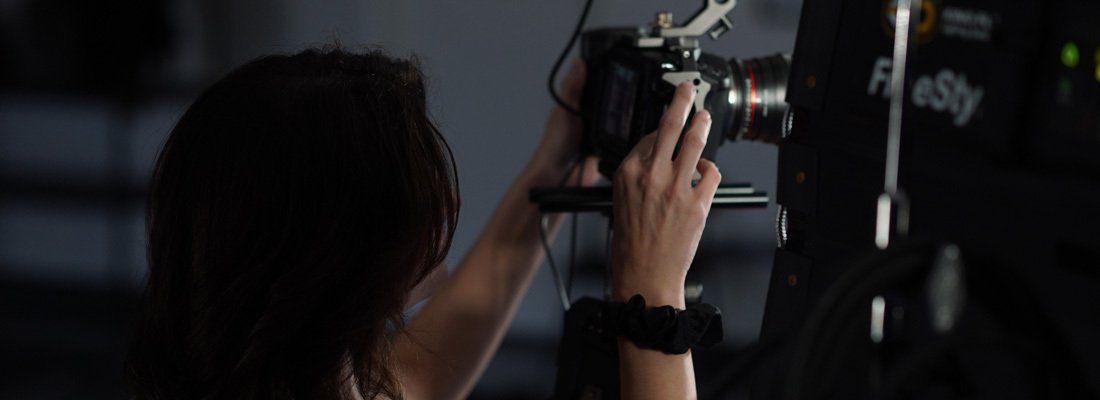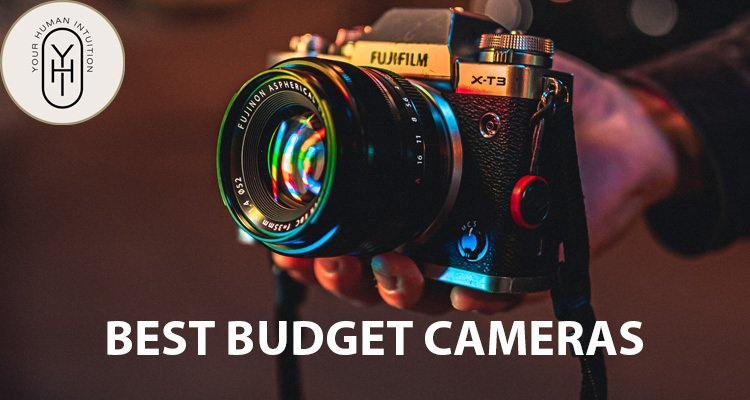How To Film A Movie
If you’re interested in learning how to film a movie, there’s a process in getting started. From knowing what kind of equipment to purchase to developing a storyboard that brings your vision to life, following certain guidelines will help guarantee a successful outcome. There’s a lot more to making movies than meets the eye. So let’s dig into some of the behind the scenes steps that make all the difference.
But before we get into that, if you need help with making a film, we can do that for you. We also provide a consultation free of charge with no obligation to hire us. Click the button below to learn more!
How to Make a Movie
One of the trickiest things when making a movie is simply knowing how to start a film. It may be wise to consider trying your hand at short movie segments or scenes before diving into a full length film. Start small, learn from your mistakes along the way, and go from there. Once you’ve got more experience under your belt, you can let your confidence and experience shape the project into something you can be proud of. As long as you’re willing to follow the guidelines and have the proper equipment, you’ll be able to create something that will hit home with your audience.
Steps to Making a Movie
1. Purchase the right equipment
The first thing on your list should be to procure a camera and an editing program or app. For the camera, you definitely could use an iPhone or camcorder, but a mirrorless camera will open up much more creative outlets. We recommend a Fujifilm X-T3 or the Black Magic Design Pocket Camera 4K. For the best quality in sound, you’ll need a microphone as well. A tripod will be important to stabilize your camera, and lights and reflectors will assist in a more professional result.
As far as editing apps go, we’ve had great luck with Adobe rush and iMovie especially when you’re first starting out. Filmmaker Pro, Apple Clips and FilmoraGo and also great options.
2. Find your story
When it comes to developing your story, start broad and narrow it down. What genre are you going for? Typically, horror and drama are the choice genres for beginning filmmakers. They offer more flexibility with your budget and have a higher chance of success.
Once you’ve narrowed that down, is it a story you could sum up rather easily? Or is it so complicated it takes several minutes to relay to a friend? Audiences want something they can understand and want to be engaged the entire movie. Grab your viewers attention in the first few minutes and keep them hanging on until the end credits start to roll.
● Standard 3 Act Structure
Sometimes it helps to follow the standard 3 act structure. Its tried and true pattern has proven effective across the board in movies, print, television, and so forth.
-Setup- The initial introduction of characters, setting, and plot
-Confrontation-The characters work through their issues and problems
-Resolution-The tidy ending where it all comes together
There are several ways to plan a movie. However, the moviemaking process has three basic stages you’ll want to focus on. Pre-Production or planning, production, and post production which would consist of editing and sharing. Initially, you’ll want to outline your story so you know exactly how it begins and ends. It’s extremely important that your characters and plot are believable and captivating. Create character outlines and profiles that help develop each character.
3. Create your storyboard
A storyboard consists of making small sketches for every shot in your movie. This will help you know where your actors should be as well as how to position lighting and cameras.
If drawing isn’t your forte, a storyboard can be an overwhelming and frustrating task. But, a detailed storyboard can be the backbone of your film and is essential. Whether you draw, use photographs, or storyboarding software, it’s a step you won’t want to neglect.
4. Create your team
A movie is only as successful as its crew so it's imperative you find a team that is experienced, capable, and passionate about your project. It’s often confusing for people to understand what each team member contributes. Here’s a breakdown of the responsibilities of each member of your crew.
● Director-Your director will have the final say on anything that will affect the look and feel of your film. This includes directing your actors and other crew members and determining angles and lighting that affect the visual integrity of your movie.
● Producer- A film producer is in charge of logistics for the entire project. They are responsible for arranging financing, hiring writers and creative team, as well as all elements of production right up to the release.
● Cinematographer- a cinematographer is just a fancy way of saying, camera operator. They will be in charge of making your movie look good on camera and will work closely with the director.
● Sound- Your sound expert is responsible for recording all the sounds featured throughout your movie. This includes any sounds added in post production and obtaining music rights.
● Lighting- Lighting professionals will be in charge of setting up and adjusting the lighting in every scene to create the best visual effects.
● Costume Designer-A costume designer is in charge of any costume or clothing changes throughout your movie. You may not need a costume designer if your actors wear everyday clothing in most scenes. But, if you have elaborate costumes or need clothing from different time periods, a costume designer is necessary. A costume department will not only find the proper clothing, but also fit them property to your actors.
● Hair and Makeup- It’s the hair and makeup departments job to get your actors looking as much like their characters as possible.
5. Cast your actors
Finding quality actors on a small budget can be extremely difficult. Having a great script that actors are excited to collaborate on is a huge draw. If an actor is really passionate about your project, they may even accept less pay to be involved. Holding a catered casting event in a nearby city is also an excellent draw for talent. Don’t forget to contact local acting and film schools for suggestions. You never know, you just might discover the next big thing!

6. Location, location, location
You’ll need to spend time scouting each and every location that will be featured in your movie, including backup options. Consider both indoor and outdoor locations. This also could include building sets. Obviously, the less work you have to do to change a location, the easier and less expensive the costs will be. It’s always beneficial to have your lighting team and cinematographer along to offer their opinion and advice which will prove invaluable to your film’s success.
7. Film and Edit
The filming stage should run smoothly if you’ve taken the time to plan in advance. Before filming starts, make sure to check your camera settings. Check the lighting, sound, and focus. Film each shot a little longer than you need and check each one before you move to a new location. To keep morale high, make sure you organise catering for your crew and allow everyone regular breaks throughout the day. Acknowledge everyone’s efforts and hard work each night. Backing up your footage everyday is also wise and could save you time and money if footage is lost.
8. Ask for Feedback
Now that your movie is complete, gather your team and watch your project together. Inclusively look for any kinks or distractions in the movie. Keep a running list of things you’d like to address. Also, screening your film for a test audience of friends and family who can provide feedback can really work in your favor. Does it make sense? Is the timing right? How was the sound? These are all great questions to ask your test audience post viewing.
9. Complete and make final edits
Your post production team will need to get back in the studio to complete final edits. During this final stage is the time to add any opening and closing credits as well as fine tune and fix any feedback from your test audience. Last but not least, share copies of your film in the format you need to distribute your movie. Check the different specifications for streaming services, phones, or computers.
How long does it take to make a movie?
It can be difficult to give an estimation on just how long it takes to make a movie from start to finish. The average movie takes between 1-3 months to complete. The length of the script is the biggest determining factor as well as the amount of various locations and complexity of the film in general. Hollywood films take much longer to finish with an average of two years.

What is a Clapperboard?
A clapperboard, which most people refer to as the movie action thing, is a device used in filmmaking and video production that assists in making sure the sound and picture are in sync. It also marks the various scenes as they are recorded. So do you really need a clapperboard when making your own movie? It’s best to use one on every shoot if possible. When recording separate audio or using an external editor, we highly recommend it.
Conclusion on How to Film a Movie
There is truly so much that goes into making a movie. If you aren’t quite comfortable making your own video or short film and would prefer to hire a professional, Your Human Intuition is just what you need. Whether you’re launching a new product, upping your social media presence, or just getting your brand out there, we can help. We have produced hundreds of unique videos in the SLC area and are experts at every step of the process. Let us assist you in bringing your vision to life. Click the button below to get your free consultation with us!



